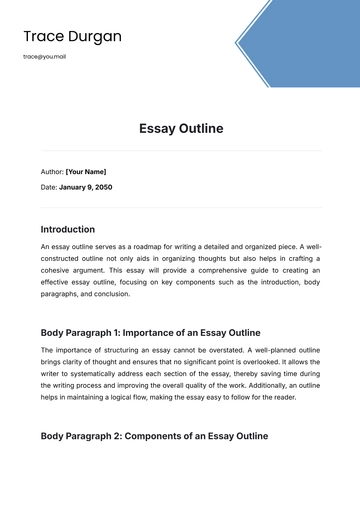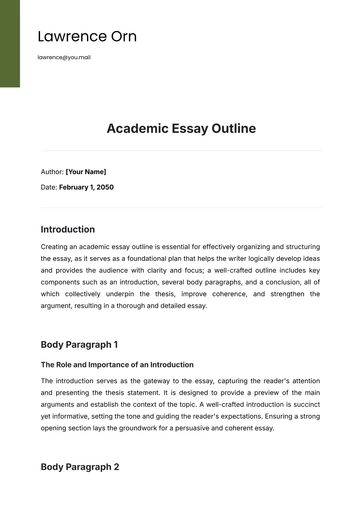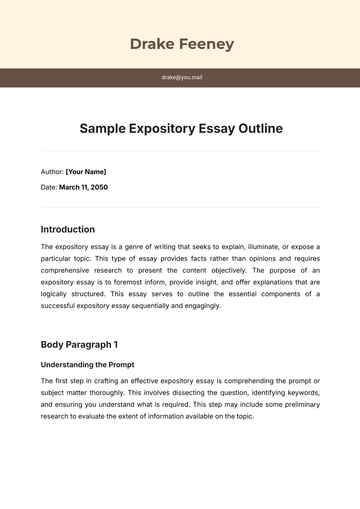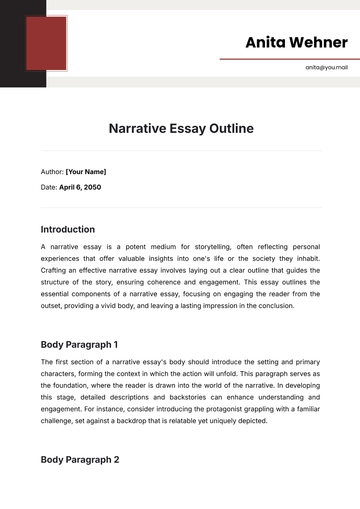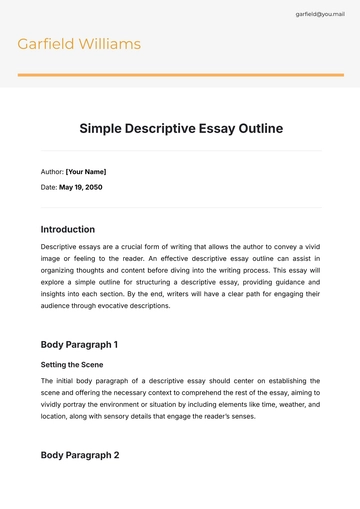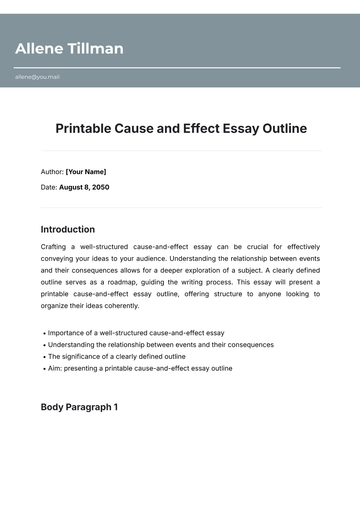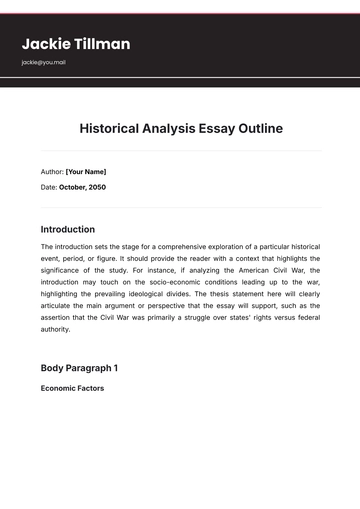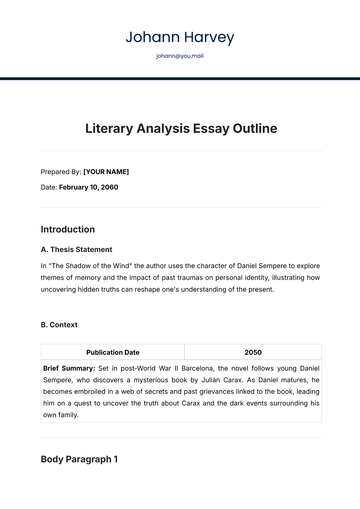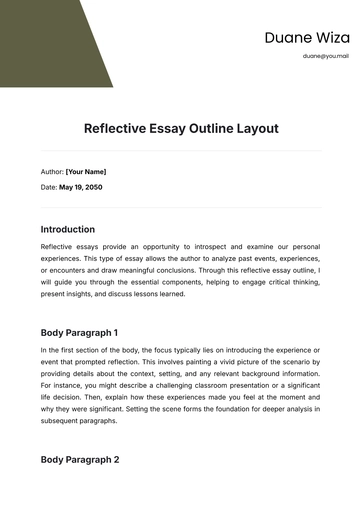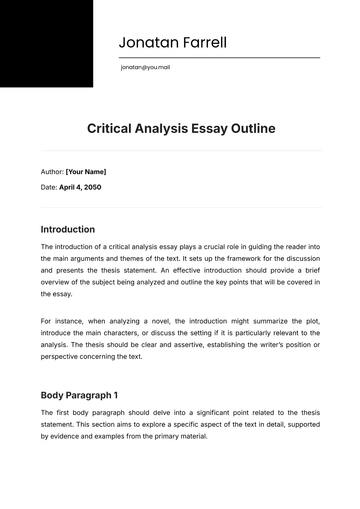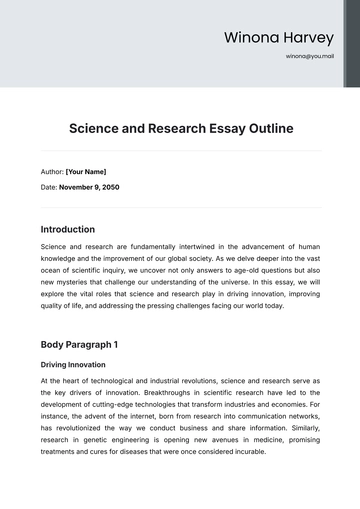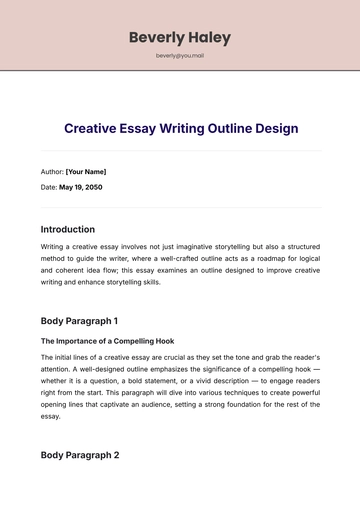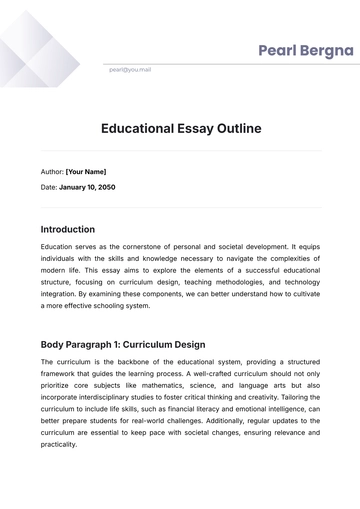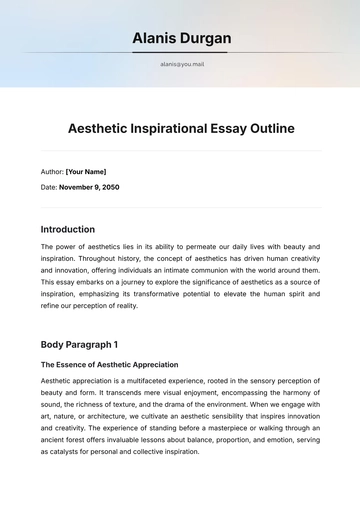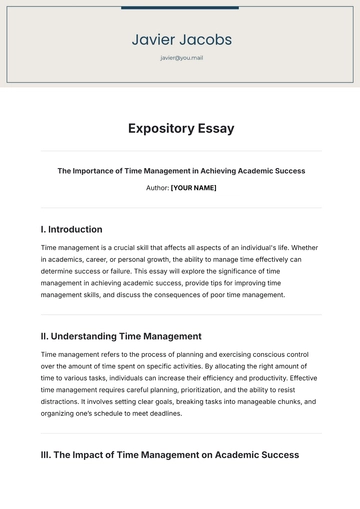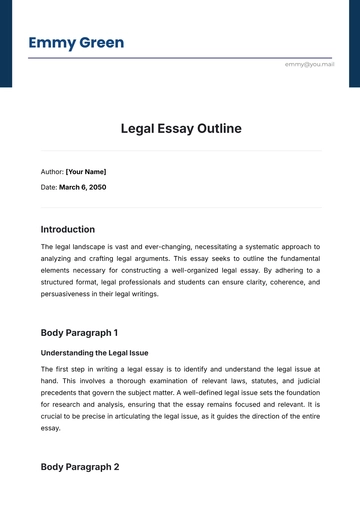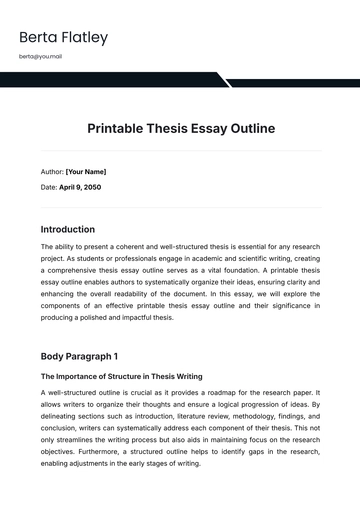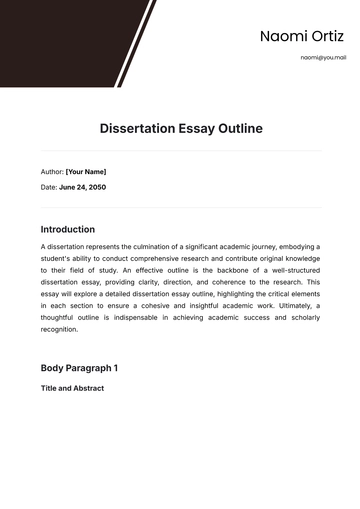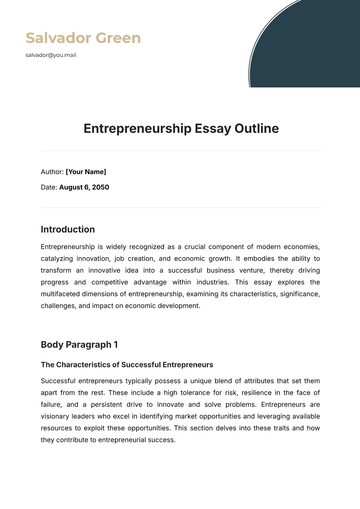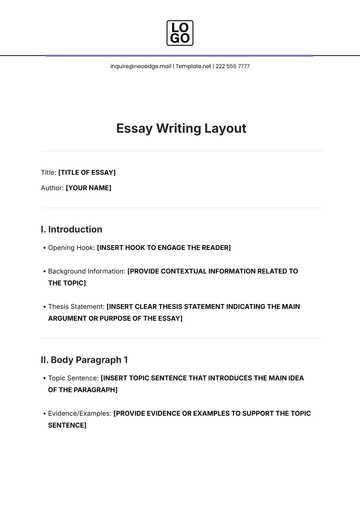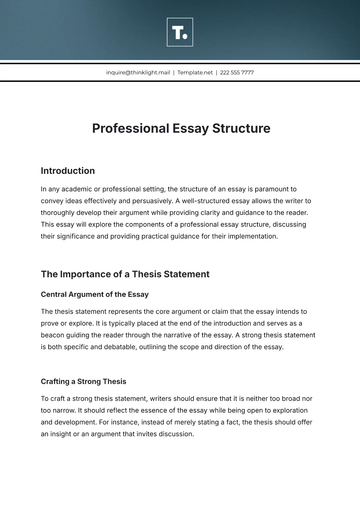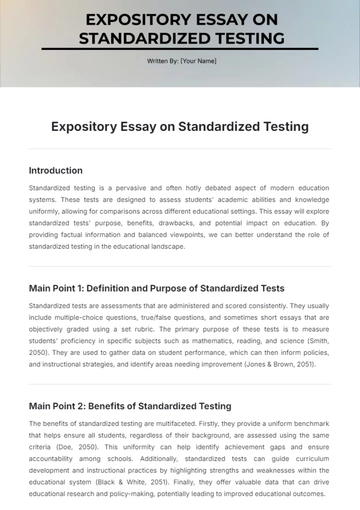Free Collaborative Learning Expository Essay
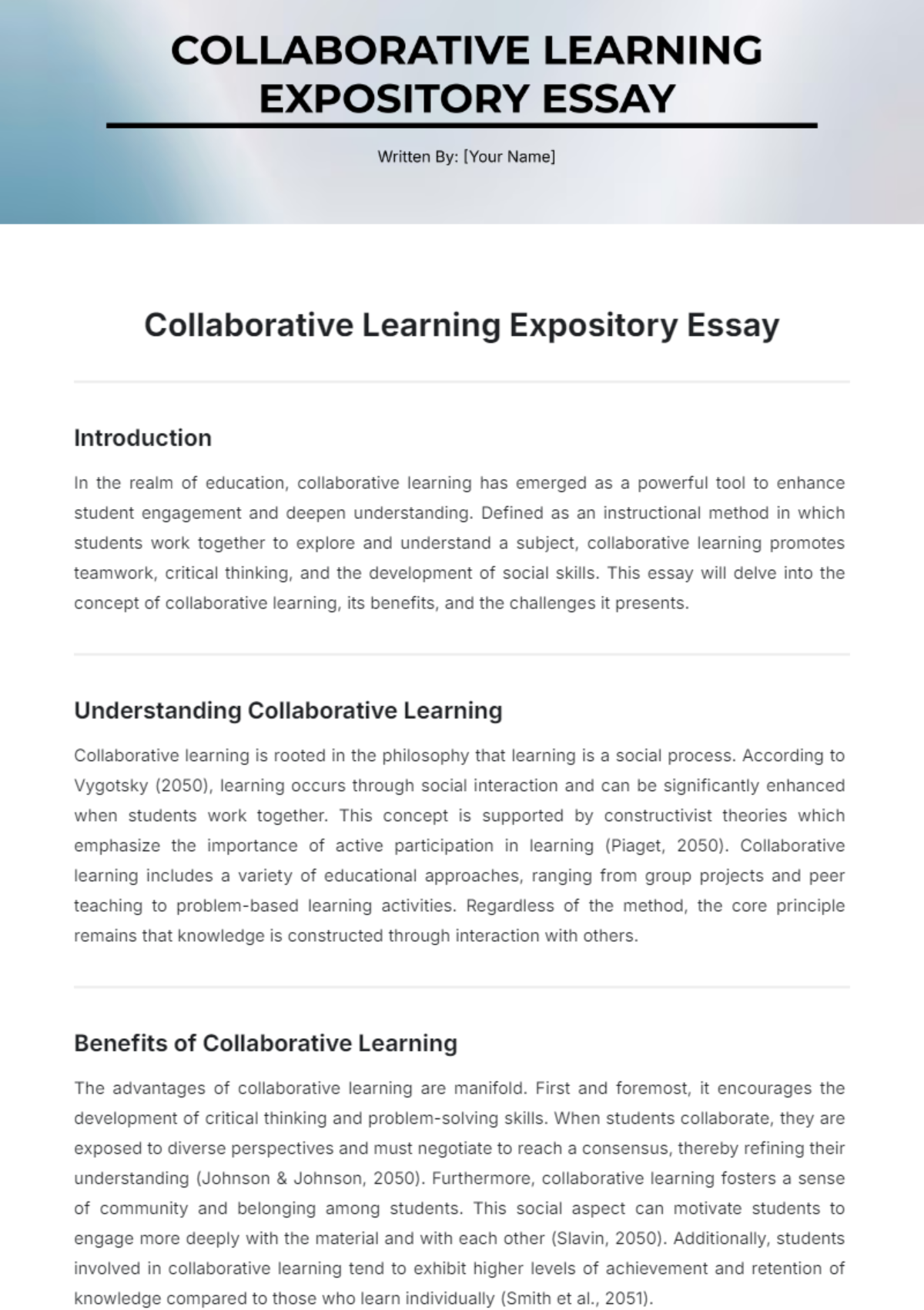
Introduction
In the realm of education, collaborative learning has emerged as a powerful tool to enhance student engagement and deepen understanding. Defined as an instructional method in which students work together to explore and understand a subject, collaborative learning promotes teamwork, critical thinking, and the development of social skills. This essay will delve into the concept of collaborative learning, its benefits, and the challenges it presents.
Understanding Collaborative Learning
Collaborative learning is rooted in the philosophy that learning is a social process. According to Vygotsky (2050), learning occurs through social interaction and can be significantly enhanced when students work together. This concept is supported by constructivist theories which emphasize the importance of active participation in learning (Piaget, 2050). Collaborative learning includes a variety of educational approaches, ranging from group projects and peer teaching to problem-based learning activities. Regardless of the method, the core principle remains that knowledge is constructed through interaction with others.
Benefits of Collaborative Learning
The advantages of collaborative learning are manifold. First and foremost, it encourages the development of critical thinking and problem-solving skills. When students collaborate, they are exposed to diverse perspectives and must negotiate to reach a consensus, thereby refining their understanding (Johnson & Johnson, 2050). Furthermore, collaborative learning fosters a sense of community and belonging among students. This social aspect can motivate students to engage more deeply with the material and with each other (Slavin, 2050). Additionally, students involved in collaborative learning tend to exhibit higher levels of achievement and retention of knowledge compared to those who learn individually (Smith et al., 2051).
Challenges of Collaborative Learning
Despite its many benefits, collaborative learning is not without its challenges. One of the primary difficulties is the unequal participation of group members. Some students may dominate the conversation while others may remain passive, leading to an imbalance in the collaborative process (Cohen, 2050). Another issue is the potential for conflict within groups, which can arise from differences in personality, work habits, or academic ability (Webb, 2051). Effective collaborative learning requires careful structuring by the instructor to ensure that all students are actively involved and that conflicts are managed constructively. Finally, assessing individual contributions in a collaborative setting can be challenging. Instructors must find fair and accurate methods to evaluate both the group’s product and individual efforts (Oakley et al., 2052).
Conclusion
In conclusion, collaborative learning is a valuable educational approach that offers numerous benefits, including enhanced critical thinking, increased motivation, and improved academic achievement. However, it also presents challenges that must be addressed to maximize its effectiveness. By carefully designing collaborative activities and fostering a supportive learning environment, educators can harness the power of collaborative learning to enrich the educational experience of their students.
Bibliography
Cohen, E. G. (2050). Restructuring the classroom: Conditions for productive small groups. Review of Educational Research, 64(1), 1-35.
Johnson, D. W., & Johnson, R. T. (2051). Cooperation and Competition: Theory and Research. Edina, MN: Interaction Book Company.
Oakley, B., Felder, R. M., Brent, R., & Elhajj, I. (2052). Turning student groups into effective teams. Journal of Student-Centered Learning, 2(1), 9-34.
- 100% Customizable, free editor
- Access 1 Million+ Templates, photo’s & graphics
- Download or share as a template
- Click and replace photos, graphics, text, backgrounds
- Resize, crop, AI write & more
- Access advanced editor
The Collaborative Learning Expository Essay Template from Template.net is fully customizable and editable to suit your needs. Designed for group projects, this template promotes teamwork and organization. Easily editable in our AI Editor too, it's the perfect tool to streamline your essay-writing process while enhancing collaboration. Make learning more efficient with this versatile resource!
